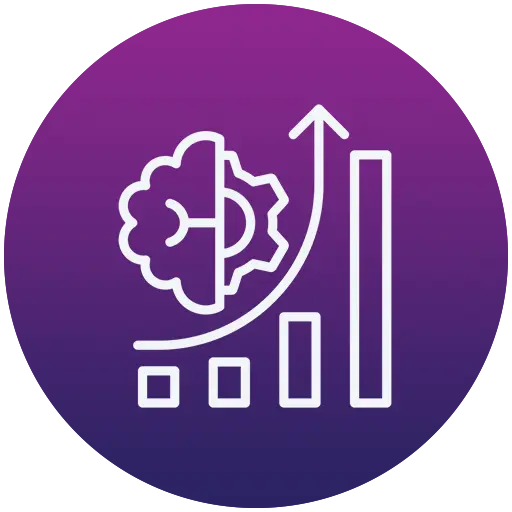Artificial Intelligence
Artificial Intelligence & the Business of the Future
Artificial Intelligence (AI) is no longer a futuristic concept; it's a fundamental part of the modern business ecosystem. From small startups to multinational corporations, AI technologies are being leveraged to drive innovation, efficiency, and competitive advantage.
One of the most immediate benefits of AI in business is the enhancement of operational efficiency. By automating routine and repetitive tasks, companies can significantly reduce manual labor, leading to substantial cost and time savings. For instance, a report by McKinsey estimates that AI can automate as much as 45-50% of current work activities, potentially providing an annual economic impact of $6.7 trillion by 2025.
In the realm of customer experience, AI enables personalization at an unprecedented scale. Machine learning algorithms can analyze customer data to provide tailored recommendations, improving engagement and satisfaction. A study by Salesforce revealed that 76% of customers expect companies to understand their needs and expectations, a demand met effectively by AI-driven personalization strategies.
AI's ability to process and analyze large volumes of data has revolutionized decision-making processes in business. Predictive analytics, powered by AI, allows companies to forecast market trends, customer behavior, and potential risks with remarkable accuracy.
AI also plays a critical role in innovation and product development. By leveraging AI in research and development, businesses can shorten the time-to-market for new products and services. Google's DeepMind, for instance, uses AI for rapid prototyping and testing, reducing the development cycle by 30%. This capability not only accelerates innovation but also helps companies to stay ahead in highly competitive markets.
Despite its benefits, the integration of AI in business comes with challenges, particularly concerning data privacy, security, and ethical usage. Companies must navigate the complexities of regulatory compliance while ensuring transparent and responsible AI practices. The European Union's General Data Protection Regulation (GDPR) sets a precedent for stringent data protection standards that businesses must adhere to, emphasizing the importance of ethical AI.
Case Study
AI-Driven Customer Segmentation for Budget-Conscious Families: Methods and Insights
Budget-conscious families are characterized by their careful spending habits, prioritizing essential and value-for-money products. Identifying and serving this segment requires a nuanced approach, where AI and data analytics play a crucial role in unraveling their preferences and behaviors.
Explore how we engaged with a retail store to improve their product offerings.
Transaction Data: Historical purchase data reveal patterns in product preferences, spending habits, and sensitivity to price changes.
Social Media and Online Behavior: We used third party data procured by the retailer to understand social media activity and online search patterns that offer insights into interests, needs, and lifestyle choices of such price sensitive groups.
Decision Trees: Used it to map out customer choices and preferences, providing a clear breakdown of the factors most influential to budget-conscious families.
Neural Networks: Deployed advanced models that can predict future spending behaviors based on complex patterns in historical data.
2. Budget-conscious families showed a 40% greater interest in products labeled as "best value" or "economical," with high loyalty to brands that consistently offer competitive pricing.
3. The predictive model indicated a strong correlation between price fluctuations and buying patterns, suggesting a high elasticity of demand for non-essential goods within this group.
4. This segment was found to be highly responsive to email marketing campaigns featuring discounts and loyalty rewards, with a 25% higher click-through rate than average.
3. The footfall increased by 15%











